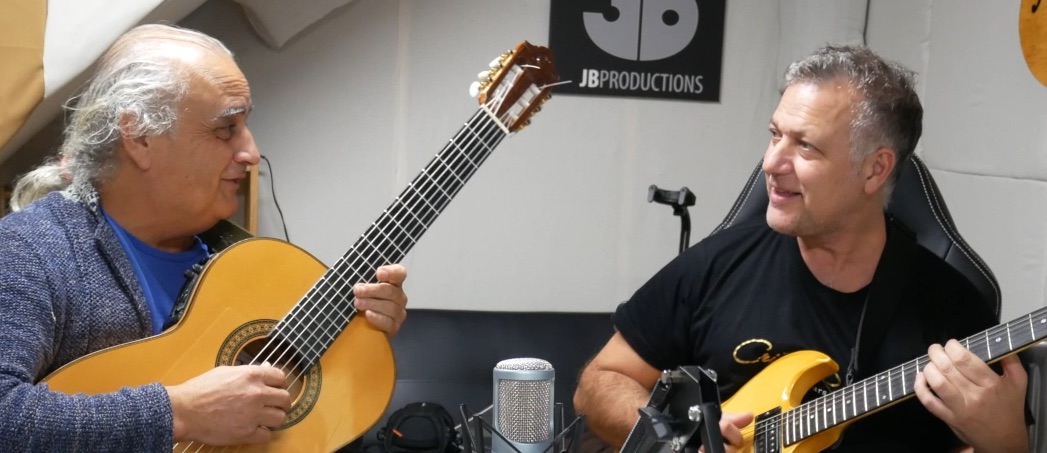
How I practice Jazz Guitar Improvisation: Someday My Prince Will Come
My objective as a performer centers around creating a practice approach that enables me to engage in improvisation effortlessly and generate a continuous stream of ideas within a musical piece.
To achieve this goal with a jazz standard, I concentrated my practice efforts on the following principles for my jazz guitar improvisation:
- Position and Role: I selected the 5th position on the guitar fretboard to execute the melody, my solo, and the accompaniment. This decision provided a consistent foundation for my practice.
- Melody and Chords Mastery: Initially, I dedicated time to internalize both the melody and the underlying chords, committing them to memory. This separation of focus allowed me to better understand each element individually.
- Holistic Development: My practice routine revolved around refining the melody, chords, and solo components. This comprehensive approach ensured that I addressed every facet of the performance with equal dedication.
- Structured Practice: I devised a disciplined schedule involving two hours of daily practice for an entire week. This timeframe was designed to grant me an in-depth exploration of all three essential aspects—melody, chords, and soloing.
Consequently, my daily practice routine encompassed the following activities. I utilized a metronome throughout and maintained a vocalization component to cultivate the creation of melodic and harmonious phrase.
Progressive Jazz Guitar Practice Journey: From Melody to Exploration
Each of the following bullets requires me to go through the song two times:
- Play the tune’s main melody for two bars.
- Switch to playing the chords for the next two bars.
- Now, focus on playing the 3rd notes of the chords for two bars, then switch to playing the melody for the next two bars.
- Move on to playing the 5th notes of the chords for two bars, followed by playing the 7th notes for the next two bars.
- Play the 7th notes for two bars, and then switch back to playing the melody for the next two bars.
- Play the 3rd notes of the chords for two bars, then switch to playing the melody for the next two bars.
- Play both the 3rd and 7th notes of Dominant chords by extending all the chords.
- Repeat steps 3 to 7, but this time include Diatonic approach notes from both above and below the main notes.
- Repeat steps 3 to 7 again, but this time include Chromatic approach notes from both above and below the main notes.
- Now, feel free to play anything you’d like.
- Create a pattern: Play two bars of blues, followed by two bars of melody, then two bars of pentatonic notes, and finally, two bars of silence.
- Conclude by playing whatever you feel like playing.
After practicing diligently for a week, I began to develop a strong sense of the melody and harmony through my ears. As a result, my creative instincts started to engage, allowing my ideas to flow naturally.
This type of practice demands a significant amount of self-discipline. However, based on my past experiences, I’ve come to understand that it’s only when I truly comprehend a song inside out that I can easily collaborate with fellow musicians on the spot. This leads to incredibly enjoyable and satisfying musical interactions.
Undoubtedly, improvisation holds the key to a fulfilling musical journey.
Learn more about Guitar Improvisation
- Online Guitar Courses ( Always with a teacher)
- Or if you prefer classes in person, visit my Guitar School for the next available courses.

